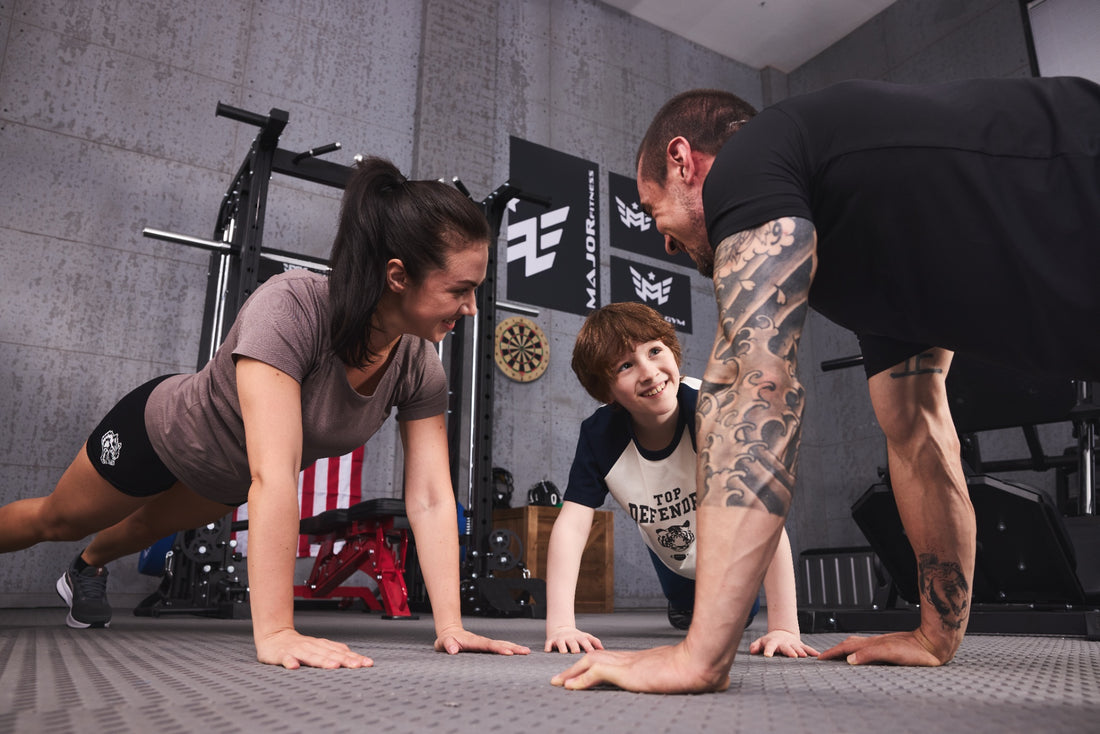
The push-up: it's a classic exercise and a staple in many workout routines. But mastering how to do a perfect push up can transform your fitness regimen. Dive into this guide to understand the mechanics, proper form, common mistakes to avoid, and ways to enhance your push-up prowess.
The Fundamentals of a Push Up
Understanding the Basics
A push-up targets various muscle groups, including the chest (pectorals), shoulders (deltoids), arms (triceps), and core. By learning to perform this exercise correctly, you're ensuring maximum engagement of these muscles, promoting strength, stability, and endurance.
Proper Form Matters
Start by getting into a plank position with your hands placed slightly wider than shoulder-width apart. Ensure your body forms a straight line from your head to your heels. Engage your core and glutes to maintain this alignment throughout the exercise.
Steps to a Perfect Push Up
Step-by-Step Breakdown
- Setup: Place your hands on the ground, press your toes into the floor, and extend your legs straight behind you.
- Lowering Phase: Lower your body by bending your elbows, keeping them at a 45-degree angle from your torso. Your chest should come as close to the ground as possible without touching it.
- Pushing Phase: Push yourself back up by extending your elbows, returning to the starting plank position. Ensure that you maintain a straight body line without sagging your hips.
That's it! Repeat these steps to perform multiple reps of perfect push-ups.
Common Mistakes and How to Avoid Them
Arching or Sagging Your Back
A failure to engage the core can lead to a compromised spinal position. Correct this by tightening your core and glutes throughout the movement.
Elbows Flared Out Too Much
Keep your elbows at a 45-degree angle from your body to prevent unnecessary strain on your shoulders.
Head Position
Avoid letting your head droop or rise. Maintain a neutral neck position by looking slightly ahead of you rather than down or up.

Scaling Options for All Levels
Beginners
If a standard push-up feels too challenging, start with wall push-ups or knee push-ups. These modifications reduce the intensity while helping you build the necessary strength.
Advanced Variations
If you're looking to amp up your push-up game, try plyometric push-ups, diamond push-ups, or one-arm push-ups. These variations increase the challenge and target your muscles differently.
Integrating Push-Ups Into Your Routine
Consistency is key. Incorporate push-ups into your daily or weekly workout regimen. Start with a manageable number of reps and sets, gradually increasing them as your strength improves.
Benefits of Perfect Push Ups
Executing perfect push-ups brings multiple benefits: enhanced upper body strength, improved core stability, increased muscle endurance, and a calorie-burning boost. Plus, no gym equipment is required, making it an efficient exercise option anywhere.
Monitoring Your Progress
Keep track of your reps, sets, and form. Consider documenting your workouts to see how you improve over time. If possible, film yourself to catch and correct any form discrepancies.
So why wait? Implement these tips on how to do a perfect push up and watch as your strength and form levels up. The perfect push-up isn't just a myth—it's a powerful reality that can redefine your fitness journey.




















